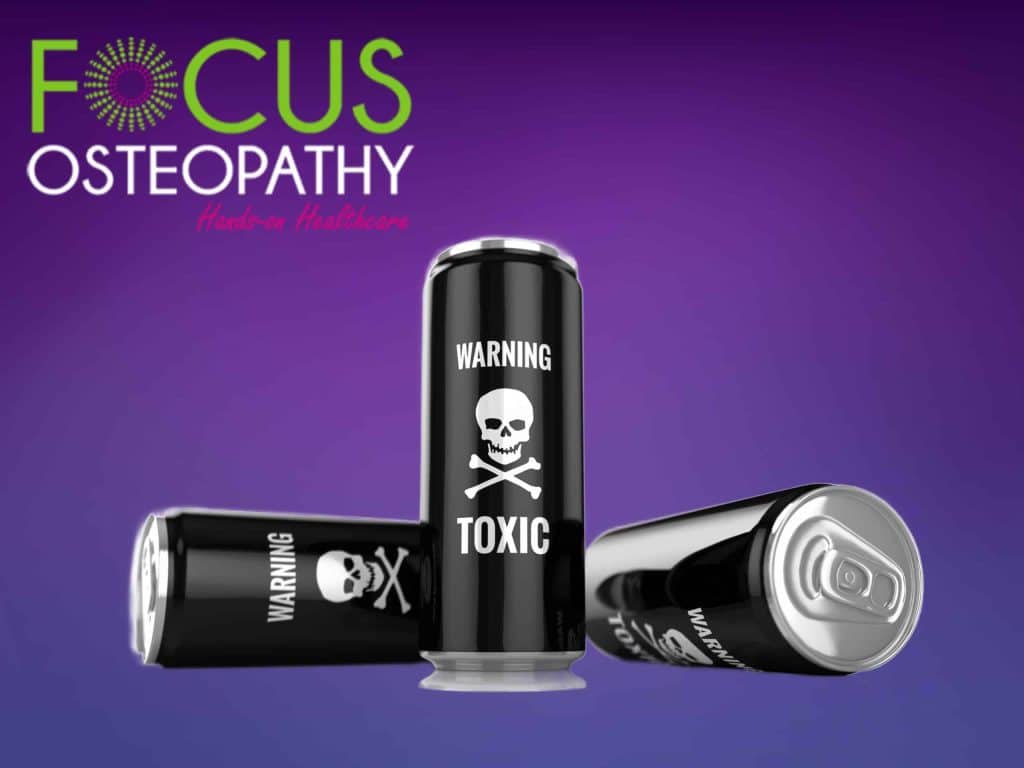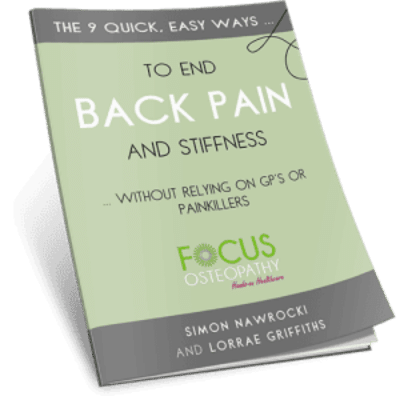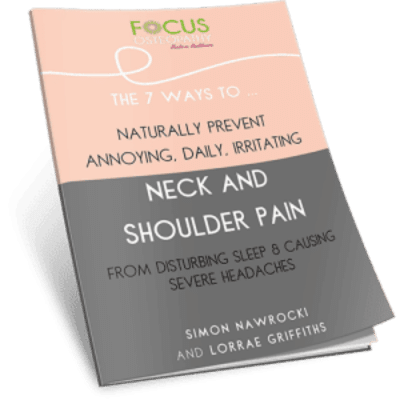To understand the rabid popularity of society’s answer to sleep – the uncompromising ‘energy drink’ – you first need to re-establish the concept of peer pressure.
We’ve all been there in youth. Feeling the enforcement from our equals, friends or family to engage with something that you’d rather not. Once you cave in, there’s often no going back. Especially when introduced to deep-fried goods. Not that I’m using that as an excuse. *cough*
Extreme modern-day peer pressures don’t really involve enslavement to fish and chips, but rather showcase innocents becoming trapped in a single moment’s yield, habitually addicted to cigarettes or illegal substances, or partaking in criminal activity.
But now there’s a new kid on the block – it’s perfectly legal, and it can be found in a can; festooned with attractive labels that veil an array of ingredients destined to brawl with your internal organs.
More Blogs From Focus Osteopathy
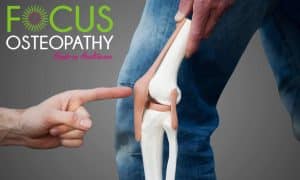
Knee Pain: The Good, The Bad, and the OUCH!

4 Reasons Swimming Is Good For Back Pain

8 Ways Neck Pain Can Disrupt Your Daily Life—and How Osteopathy Can Help

Understanding Back Pain: The Unwanted Companion
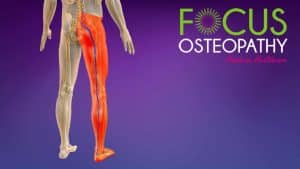
Does Massage Therapy Help Sciatica? 4 Things You Must Know

Neck Pain Exercises to Help You Sleep
The Great British Health Service witnesses a yearly average of 1500 adolescents (aged 12 to 17 years) staggering into the emergency room for an energy drink-related emergency. From extreme dehydration to heart complications, and even self-harm courtesy of a toxic blend of can-sponsored anxiety and insomnia, energy drinks have demonstrated an ability to cause serious issues for young people.
Asking for a friend – is that because older individuals can handle each can of energy drink with more processing power?
In a word: no. It’s mainly because of a marketing switch – as can be highlighted when delving into the drink’s promotional campaigns, arguably driving a keen round of peer pressure among children and teenagers.
On the flip side, the drinks wouldn’t be legal if they were inherently dangerous. So – what’s the story?
What Is An Energy Drink?
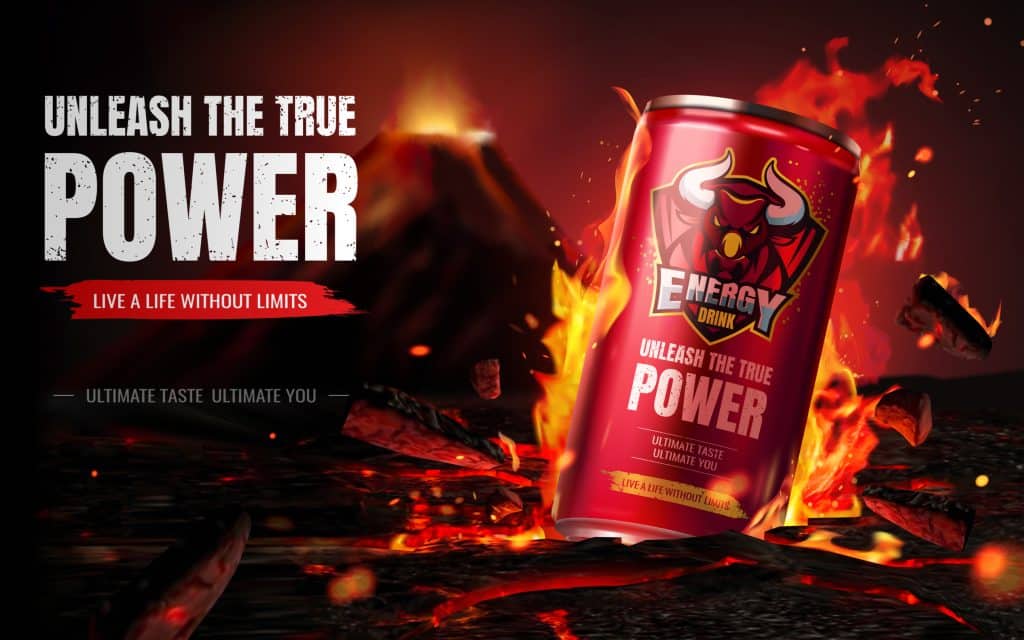
An energy drink comes from a family of liquid products that typically contain enough caffeine to spice your eyeballs and inject your soul with an abundance of vibrancy – without the need for other, added, caffeinated dietary supplements.
You may believe that such a beverage is a modern phenomenon, but no. The first energy drink reportedly appeared on the North American market in 1949, marketed as Dr. Enuf. The vein-popping dose of canned energy largely remained on the shelves of Americana until the drinks range was launched in Europe for 1987.
Australia, and the rest of the world, quickly followed suit, with Red Bull taking the globe by storm following a 1997 promotional campaign. The booming energy drink market has since grown dramatically, attracting various companies and establishing an array of brands that promote a sexualised and energetic lifestyle.
Annual consumption exceeded 5.8 billion litres in 160 countries by the time 2013 rolled on round. Needless to say, it’s a multi-billion-dollar industry. And the youth are paying for it.
Targeting The Young
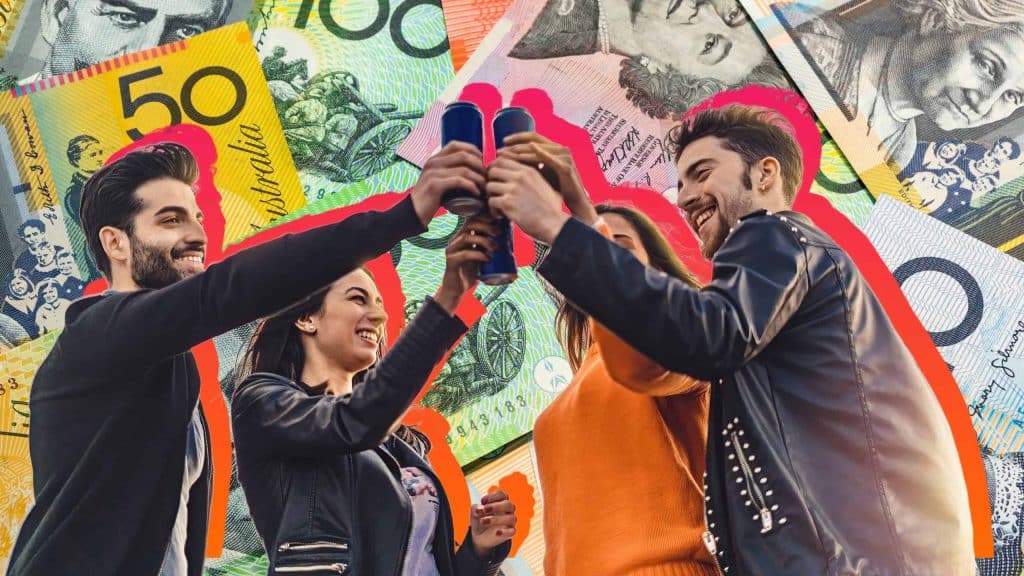
Manufacturers appear to have moved away from a consumer focus on athletes and sporty individuals, instead opting to aggressively market in places that remain popular with teens and young adults. According to various reports, 66% of consumers are aged between 13 and 35 years old.
That’s right – children aged 13 (and oftentimes younger than that) are indulging in highly-caffeinated beverages with all the nutritional value of asbestos-flavoured rubble.
In the United States, energy drinks have become the second most common dietary supplement used by people under the age of 30. A third of that age bracket opts to purchase energy drinks on a regular basis; a theme that can be translated from any country in which these drinks are sold.
From the Kingdom of Audi Arabia to Canberra – it’s a trendy drink that sells the lifestyle we’re told we need. And that’s the peer pressure today’s younger generation are subjected to. I know of the dangers, because I’ve previously suffered from it.
While stranded in the computing library throughout panicked cramming for university exams, alongside the accompanying dissertation study and also working various night shifts to fund myself, I caved into the ‘energy drink’ trend.
It’s easy to look back and criticise, but when everyone in the vicinity – including those whom you look up to – are tanking the energy drinks and surviving with more literary and cognitive success, as a vulnerable teen, it’s inevitable that you’ll get swept away. Monkey see, monkey do.
Of course, as with any dietary fad I’ve attempted to join, it didn’t go well. The energy drink didn’t seem to bolster my vibrancy at all. Instead, I lived in fear of the toilet, never quite sure when another gut-wrenching sprint to the communal bathroom was due.
My stomach churned like a brick-filled washing machine on a spin cycle. Within a couple of weeks, I’d bailed on energy drinks completely. Yet, my flatmate had more success and could stay awake for over 24 hours each go.
Until, that is, we were sat in the emergency room with said flatmate suffering from chest pains; spooked into seeking immediate medical attention courtesy of several nightly binges. With fellow students consuming vast quantities of energy drink as a style choice, and others coming to depend on the substance when burning the midnight oil, my flatmate had tried to keep up with the fashion and paid the price. And then there’s the fashionable alcohol and energy-drink mix.
Those brainwashed by advertising – in this case, on television, on the internet, through sports sponsorships, video games and in shops – were always going to be easy pickings, and brand loyalty always adds to the blend.
Yet, the laddish craze of crafting drinks such as a ‘Jägerbomb’ (Jägermeister taken with a shot of Red Bull) not only encourages a deep-rooted peer pressure to enjoy energy drinks, but also embeds it into our cultural DNA for a generation. The internal fight – where the caffeine pumps your heart faster and the alcohol tries to slow it down – can result in frightening palpitations.
From my honest experience, the energy drink isn’t consumed by those seeking the taste, largely because it tastes like sour beer and stale lava, nor does the ‘energy hit’ affect everyone in the same way.
The only energy heightened for me involved the actions of my colon. Yet, thanks to some very clever advertising that utilises the culture of youth, consumption appears to continue on the increase – despite claims from purchasers that the drinks are somewhat expensive.
So, what’s going on? Answer: It’s a fashion trend more than a drink. And that means it defies the laws of common sense.
But – here’s the question that Google Trends and SEMrush tell us people are searching for: how much is safe to drink?
I mean, let’s get one thing perfectly clear – energy drink (just like most things) is not inherently dangerous in sensible quantities. But what about those who substitute meals and sleep with a can of spritely-looking energy drink? Well…
How Much Energy Drink Is Too Much?
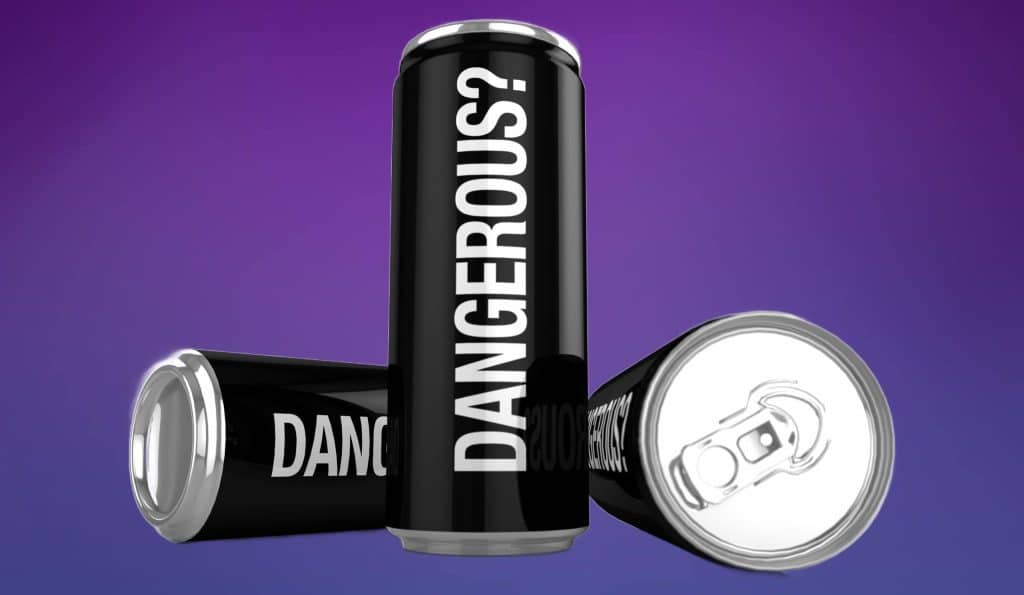
Energy drinks are designed to give an “energy boost” to the drinker through a combination of stimulants and boosters – the major constituent of which is, naturally, caffeine. The majority of brands also add large amounts of glucose/sugar, with other ingredients including:
“taurine, methylxanthines, vitamin B, ginseng, guarana, yerba mate, acai, maltodextrin, inositol, carnitine, creatine, glucuronolactone, and ginkgo biloba”.
All those natural* ingredients aren’t to be found in the nutritional guidebook, and those with a health-conscious attitude certainly protest the adverse health effects. However, it’s somewhat difficult to answer the question of ‘how much is too much’.
There are limited comprehensive publications that detail the safety of binging on energy drink, but delving behind the headlines makes for interesting reading. Without naming brands, certain manufacturers claim their beverages are “natural dietary supplements,” thus not subject to the regulations that apply to each nation’s food products.
As such, it’s difficult to gauge exactly how much caffeine you’re downing with each can of luminous energy drink, but the sky-high amounts speak for themselves; a typical 16-ounce energy drink contains between 150 to 280 milligrams of caffeine.
Larger cans have up to 500 milligrams of caffeine. I know these are just numbers on a page, but when compared to soft drinks and sodas the difference is alarming. There is typically around 35 milligrams of caffeine per average can of soda.
Would you consider downing five cans of sugary pop and proclaiming you haven’t overindulged? Even if you are that way inclined, there’s one extra aspect to contend with. And that’s guarana – a South American plant used by most brands as a more potent form of caffeine.
One gram of guaranine, a derivative of guarana, is equivalent to 40 to 80 milligrams of caffeine. Always bear that in mind when clocking the caffeinated content – it’ll be stronger than stated.
To offer some practical advice, if you feel dehydrated, burdened with a headache or as though your heart is having a party all to itself, then get some water and stay off the energy drink.
Side effects of too much caffeine:
- Increased heart rate
- High blood pressure
- Heart palpitations
- Insomnia
- Dehydration
- Restlessness
- Caffeine withdrawal; associated with headache, marked fatigue, anxiety, tremors and irritability.
So – what’s the conclusion? From a personal point of view, I’d encourage you to stay clear, especially if you already suffer from health conditions that can be amplified by the wrong ingredients. From a nutritional perspective, there doesn’t seem to be much benefit, either.
Seriously, don’t substitute a meal with these things. Have some food. Buy a coffee. Stay out of the emergency ward. And don’t believe that the folly of youth will protect you – I’ve seen what it can do.

